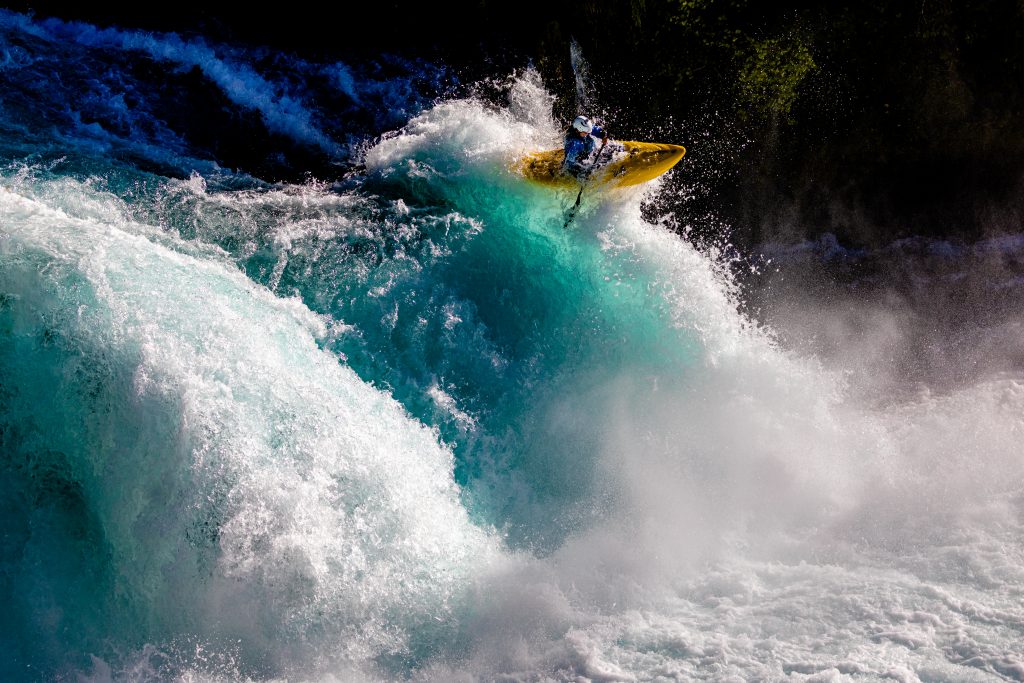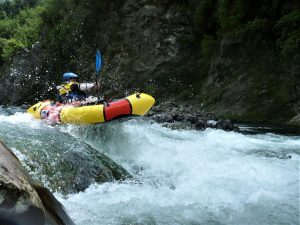Whitewater NZ Summer Update.
Below is a brief run down of the submissions sent, idea’s worked on, successes had and work done. It is not a complete list, however we like to keep our community and membership in the loop, if any of it takes your interest and you would like to help or find out more please don’t hesitate to get in touch!

Motatapu Open Day 2021, Photo by Max Rayner, WWNZ Otago/ Southland Ambassador
UPCOMING PROJECTS:
Website/ River Guide: This is next on the list we’re working to improve the river guide’s mobile friendliness and to update parts where we can.
Check Clean Dry Campaign: Keep an eye out for updated information on how you can be a champion and keep our rivers free from aquatic pests.
Resource Management Act Reform: A critical legal change that WWNZ will work to ensure paddling interests are heard and given weight to.
West Coast Wild Rivers park: This project is led by FMC, we are looking into ways to protect the pristine rivers of the southern West Coast.
PROJECT UPDATES:
Fiordland Gauges: We are excited to announce that we have negotiated access to a flow gauge on the Cleddau river, a rain gauge near falls creek on the Hollyford river, and are currently pursuing a flow gauge on the Hollyford as well.
Motatapu Access: We have secured access to the Motatapu River on an annual basis, to be organised and managed by the local WWNZ ambassador.
Mangahao Fund: The hard work done by Nigel Parry and others has culminated in the establishment of the Mangahao fund, officially held by WWNZ, this fund will be pivotal in improving paddling opportunities in the Lower North Island, and in awesome national scale projects.
Ngaruroro Decision: All our work here has been done, our legal team did an exceptional job presenting the interests of paddlers and the river itself. We are still awaiting the judgement to be delivered, when it is we will update everyone through Social Media and our website. For now we cross our fingers. Thank you to all those who generously donated to help protect the river on a permanent basis.
Memberships & Member Benefits/ discount card: Membership has been growing fast! We have added the digital membership card to the site, and are working to update all of the member benefits that we are offering this year. Keep an eye on the site and our Social for updates!
Charity Status: WWNZ has applied for charity status, we expect to find out the outcome of our application in the coming months.
FMC Affiliation: We are officially affiliated with FMC, we look forward to working with them and their member organisations on projects such as the West Coast Wild Rivers park and other projects that will better protect our rivers and access to them.
Photo Competition: Congratulations to the winners for taking out what was a very high calibre competition at the end of last year. Photo Comp 2022 will be held in the middle of the year, so best dust the camera off!
1st – Oliver Eden-Mann’s photo of Citroen Extreme Race 2020
2nd – Maurycy Prystupa’s photo from Christmas at Kaituna
3rd – Rodd Hill’s photo of River Mutton on Huka Falls (seen below)

Submissions
With the ongoing updates to the website we will have a copy of all our submissions uploaded for you to find/ peruse if you would like.
- Stewardship land reclassification
- This is especially important to us as many rivers (i.e. the Waitaha River) are effectively unprotected as they sit in the ‘stewardship land classification’. We submitted generally in support of speeding up the process of reclassifying land. Proper reclassification is one of the best ways that we can protect rivers permanently.
- West Coast Conservation Board Submission
- WWNZ has called on the Minister to make bold changes to improve the efficiency and operation of the West Coast Conservation Board. It is our opinion that despite the best efforts of everyone involved the Conservation Board is no longer effective, which is bad news for conservation in the region. We would like to see this resolved.
- Freedom Camping Bylaw in Queenstown Lakes
- In conjunction with Central Otago Whitewater we submitted to ensure responsible camping is maintained in its current locations (like Rafters Road) and against establishing car camping near the Hawea Whitewater Park, due to concerns it will negatively impact the local paddling community.
- MBIE’s ‘Adventure Activities – keeping it safe’ proposed changes to HSWA.
- WWNZ has submitted against the proposed imposition of liability for natural hazards on landowners, instead arguing: The absolute best entity to measure and manage risks (especially natural hazards), then notify participants, is the organiser, guide or adventure co-ordinator. Acceptance of this principle allows natural hazards to be considered and managed by professionals in the outdoor environment rather than attempts by unqualified, and sometimes non-local landowners and land managers.
Don’t forget, if you want some sweet looking tee’s then check out the Whitewater NZ Tee, all proceeds go towards improving paddling in New Zealand: Click Here



